Contents
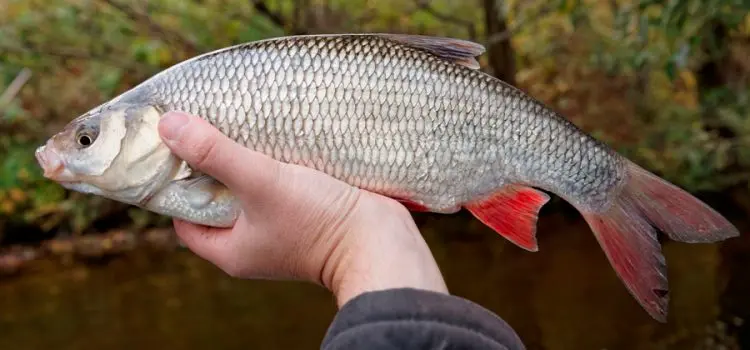
The ide is a beautiful and strong fish of the carp family, which any angler would like to catch. Under favorable conditions, the ide can grow up to 1 meter in length, gaining weight up to 6 kilograms. In the catches of anglers, there are mainly individuals weighing no more than 2 kg, but even to catch such a fish you need to carefully prepare.
The ide is considered a peaceful fish, although it can be successfully caught not only with an ordinary float rod or bottom tackle, but also with spinning. This is due to the fact that ide often chases fish fry, although its diet is quite diverse, which includes objects of both animal and plant origin.
The article tells how to catch an ide and what kind of bait, as well as where to look for an ide, in which reservoirs. Without understanding what kind of lifestyle an ide leads, one should count on his capture.
Habitat
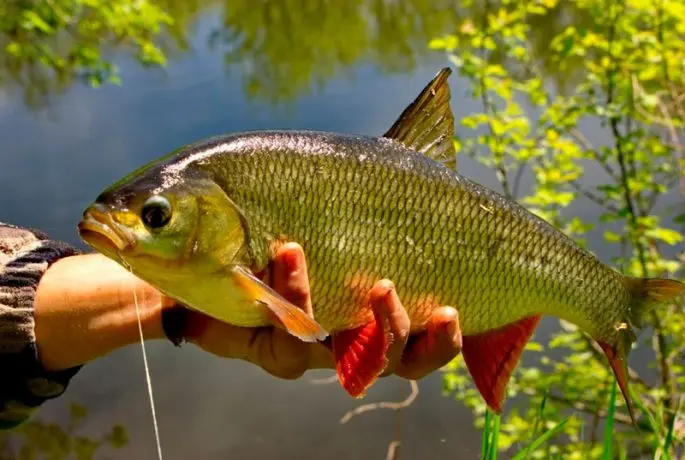
The habitat of this fish is very wide. It is found in the waters of Europe and Asia, while being a desirable object of fishing for many anglers. He prefers to be in medium or large rivers, where a moderate current prevails and there are significant depths. In mountain rivers, which are mainly characterized by a rapid current, ide is quite rare, and then in areas where the current is not so fast. As a rule, this is typical for flat areas of mountain rivers. Ide is also found in lakes, but only on condition that they are flowing. At the same time, the ide does not feel bad, both in fresh and brackish water.
For their camps, the ide chooses such areas of the water area:
- Areas of reservoirs with a somewhat silty or clay bottom.
- Prefers not to go far from deep holes or pools.
- It can be found near various engineering structures located in the water, such as bridges.
- It feeds in areas where the branches of shrubs and trees hang over the water. In such areas, various insects fall from the vegetation into the water.
- It can be located near rifts or whirlpools, but on the side where the current speed is underestimated.
Similar areas of reservoirs can be considered promising in search of ide. At the same time, it must be remembered that adults keep apart, and only small ide moves in flocks. Flocks of large ide can be found only at depth and only in winter, when the fish wait out the winter.
This fish can be at depth, going to shallow water only in search of food. This mainly happens in the spring after spawning, when the fish needs enhanced nutrition.
In summer, the ide often rises to the upper layers of the water, where it collects all kinds of insects that have fallen into the water. In winter, it is better to look for it at a depth. During this period, the ide is active, although not as much as in summer. Bursts of its activity are observed during periods of thaw, but during periods of severe cold, it behaves passively. In this regard, you can safely go fishing in the winter because you can count on the capture of an ide. The main thing is to choose the right day, which would be distinguished by good, not too frosty weather.
Catching ide and chub on peas.
When to catch an ide
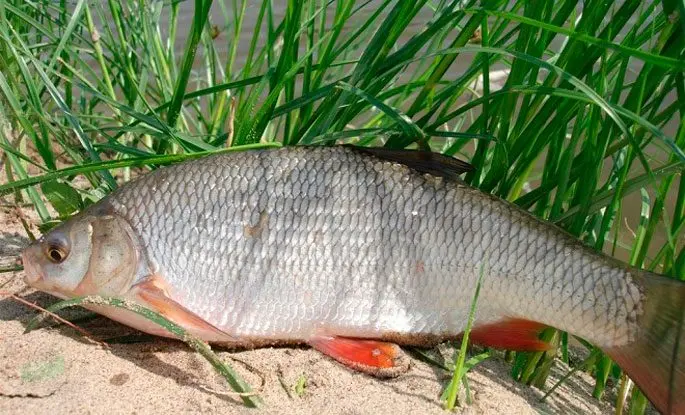
It is permissible to catch an ide all year round, although some anglers argue that it is absolutely useless to catch it, especially in winter. If in summer you can count on the activity of this fish, then in winter the ide is absolutely passive. Actually it is not. The one who claims this most likely never caught an ide in winter, and did not try.
If we talk about the time of day, then the ide is caught both during the day and at night, and at night you can count on catching larger specimens. Depending on the season, the daily activity of the ide may be different, but the fact remains: the ide pecks at any time of the year and at any time of the day.
Catching an ide in the spring
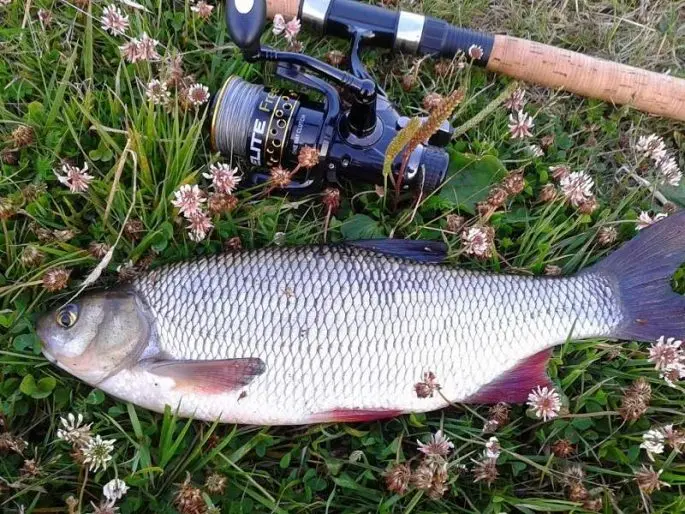
With the advent of spring, the ide begins to behave actively after the ice has melted, as well as in the post-spawning period. Before spawning, the ide feeds very actively during the week. If you calculate this period correctly, then you can catch quite large individuals that rise upstream to sweep away the eggs.
During the spawning period, the ide, like all types of fish, is busy spawning and does not react to any baits. After the process of spawning, the ide rests a little and then it begins post-spawning zhor. Spawning occurs in conditions when the water is heated to +6 degrees. The spawning period can last about 2 weeks, and sometimes longer, depending on weather conditions. When a zhor begins at an ide, it goes to the shallows located in the coastal zone. During this period, you can count on productive fishing. As a rule, the spring period of catching ide is considered the most productive.
Catching an ide in summer
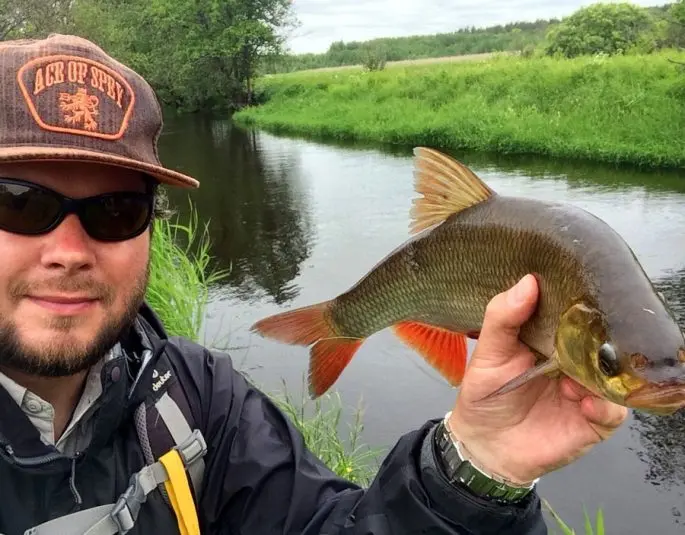
When summer comes into its own, the ide goes to the depths or hides in various underwater shelters. To do this, he chooses places with underwater vegetation, places with numerous sunken trees and snags, as well as places with artificial underwater structures or barriers. Therefore, it is not necessary to count on a stable biting during this period, as in spring. You can indulge in the hope of ide bites in the early hours or late in the evening when the heat subsides greatly. In the daytime, attempts to catch this fish may be futile. But even in this case, ide can be found at a considerable depth, in holes or near them.
Catching an ide in autumn
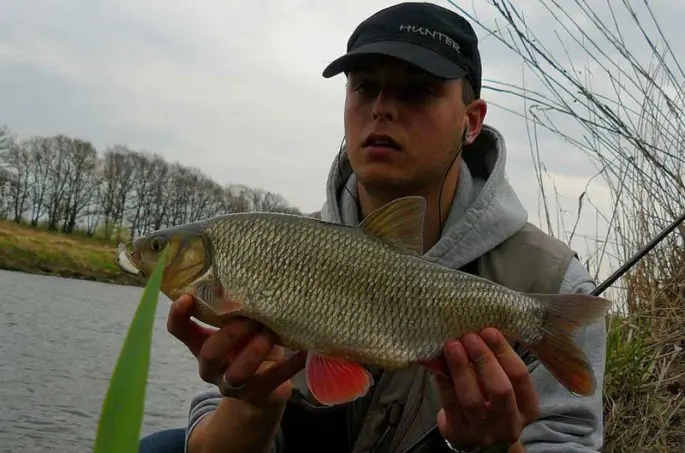
With the advent of autumn, the ide begins to be caught more actively, but tries to stay away from the shore. If the river is not large and you can deliver the bait to the middle of the river, then you can hope for success.
If the river is wide and large, then it is unlikely that it will be possible to catch an ide during this period without a boat.
When the weather is warm for a few days in autumn, the ide can also be found in shallower areas where it can bask in the sun, along with numerous flocks of fry. Here he can easily find food for himself. It is also attracted to fish fry, as well as heated areas of the water area by the autumn rays of the sun.
In autumn, it is better to catch ide after a lunch break, when the water has time to warm up a little. But this does not mean at all that the ide is not caught at other hours, it is just that there are much more chances to catch the ide during these periods.
Catching an ide in winter
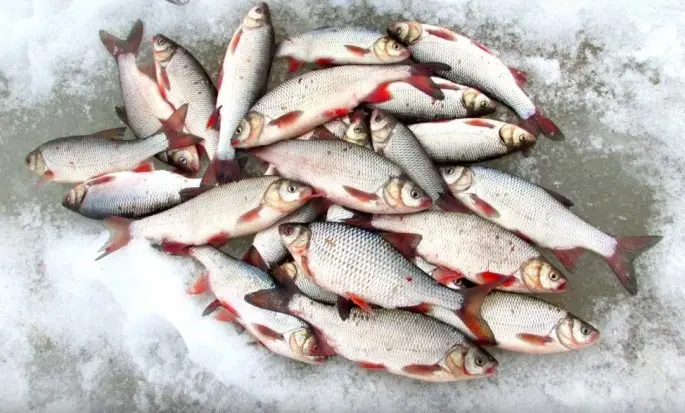
With the advent of winter, the ide goes to the pits, so you need to catch it in these places. If you find a flock of weighty individuals in winter, then you can count on a catch. But if severe frosts crackle on the street, then the ide is unlikely to want to react to some kind of bait.
Lures for ide fishing
It is not problematic to catch an ide on any type of gear: on a float rod, on feeder gear, and also on spinning, despite the fact that this fish is considered peaceful. Depending on the nature of the tackle, the bait is also selected.
Spinning fishing
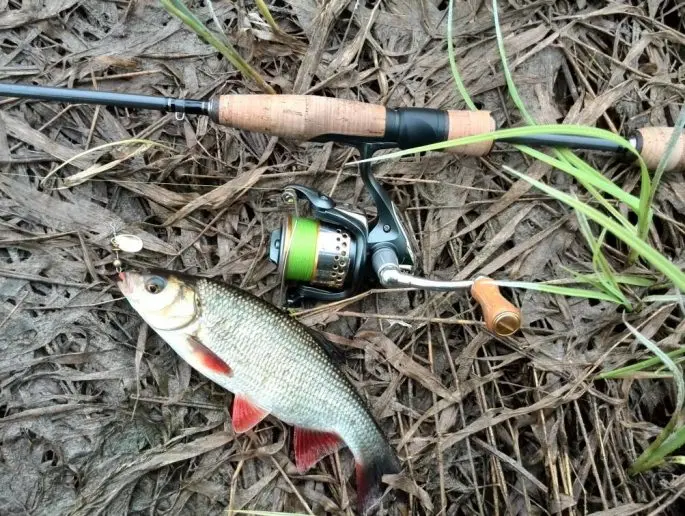
The use of spinning is associated with the use of artificial lures. As a rule, ide is well caught on spinners, wobblers or poppers, up to 40 mm in size or a little more.
The most catchy wobblers:
- Yo-Zuri L-Minnow 44.
- Jackall Br.Chubby 38.
- Tsuribito Baby Crank 35.
- Pontoon 21 Cheerful 40.
- Pontoon 21 Hypnose 38F.
- Yo-Zuri 3D Popper.
The most catchy spinners:
- Lucris Cares.
- Mepps Black Fury.
- Mepps Aglia.
- Panter Martin.
- RUBLEX Celta.
- Lukris Reder.
These are baits that have been tested in ide fishing and have shown excellent results. Therefore, when going fishing with the hope of catching an ide, it is better to opt for such artificial lures. An independent search for the most catchy bait from a huge variety will not work, because it will take a lot of time. Therefore, it makes sense to listen to the wishes of experienced anglers. These baits won’t let you down.
Ide like from a machine gun. Catching an ide on wobblers. Super cool.
Float fishing
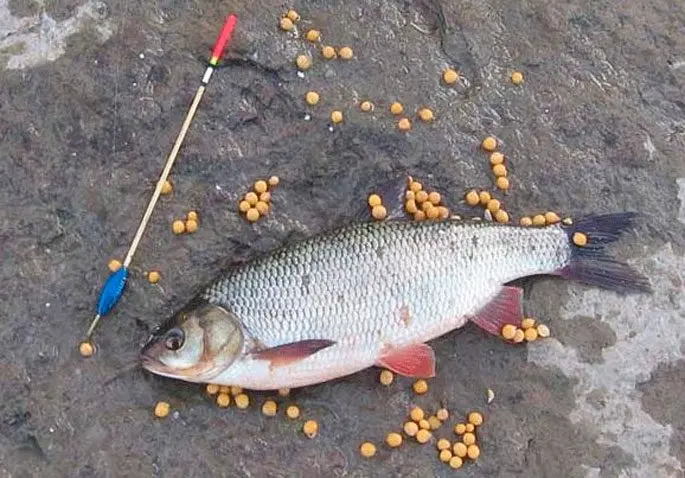
When fishing with classic tackle, known to anglers not for decades, but perhaps for centuries, you can use as bait:
- Dung or earthworm.
- Maggot.
- Bark beetle larva.
- Barley.
- Grasshoppers.
- Motyl.
- Rucheinyka
- Daylight, etc.
There are baits that often work best. It:
- Steamed peas.
- Canned corn.
- Zivec.
It is better to catch corn and peas in wiring. An ide of any size comes across. These nozzles are effective from the second half of summer and all autumn. If you use live bait, then there is a chance of catching a trophy specimen. It is better if a small fish is from the same reservoir, then the ide will not refuse it.
Fishing with feeder tackle
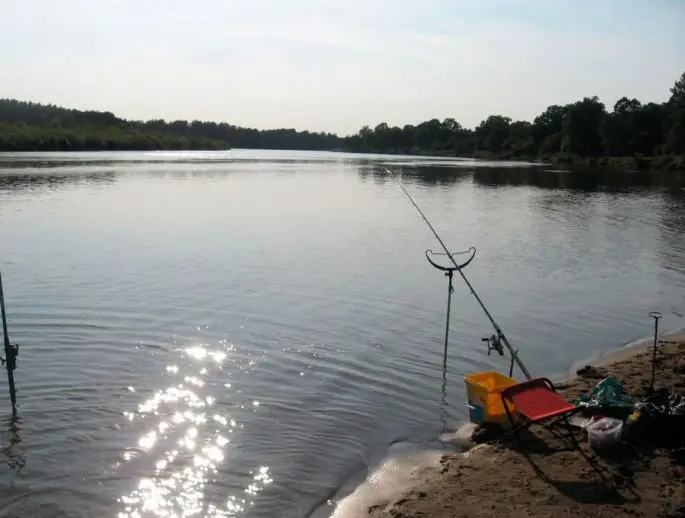
Feeder tackle is a bottom tackle, which is distinguished by the presence of a special feeder rod. In this case, it is possible to use any type of nozzles, including peas and corn, which are often more effective.
Tackle for ide
When going fishing for an ide, you should take care of good, durable and reliable tackle, since the ide is a strong fish, especially since quite weighty specimens come across.
Floating rod
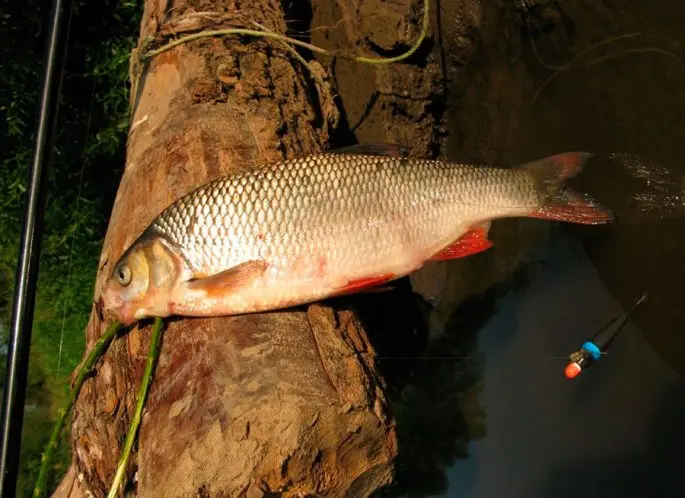
When choosing a float fishing rod for an ide, you should pay attention to the following parameters:
- Rod length up to 5 meters.
- Suitable equipment, both without a coil and with a coil.
- The main fishing line is 0,2-3 mm thick.
- Leash 0,15-0,25 mm thick.
- Hook from No. 6 to No. 10 on an international scale.
- Float, depending on the strength of the current.
Naturally, there are some nuances. For example: it is better to take and equip the rod with an inertial-free reel so that you can fish in the wiring, releasing the bait far downstream. The presence of the reel allows you to stock up on fishing line just in case, and there are different cases that lead to hooks and line breaks.
As the main fishing line, you should not put a thick (too) fishing line so that the fish are not alert. It is better to use a leash without fail, since in the event of a hook, all the tackle will not come off, along with the float.
Since fishing is carried out on the current, it is better to choose a long float with a thin tip. If the current is too strong, then more stable forms of floats should be preferred, although they are less sensitive.
Feeder or donka
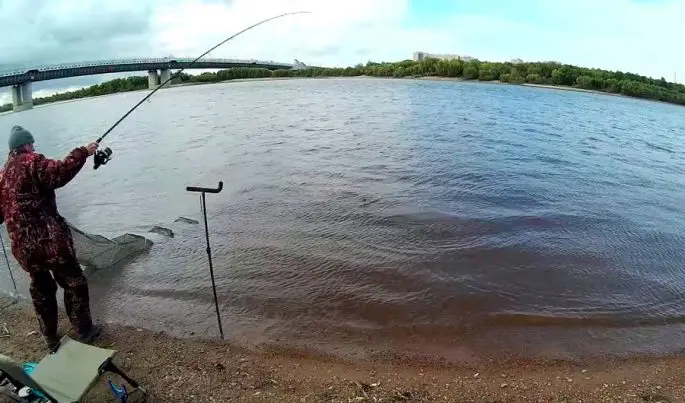
Catching an ide on a feeder involves the use of such equipment elements:
- Rod up to 4 meters, with test up to 100 grams.
- Coil size 2000-3000.
- You can use braided fishing line, about 0,15 mm thick or monofilament fishing line with a diameter of 0,22 mm.
A rod up to 4 meters long will allow you to cast the bait over a considerable distance. A rod that is too long should not be chosen, as it is inconvenient to work with it. Often a rod 3-3,5 meters long is enough.
It is preferable to use braid, especially for long distances, since it practically does not stretch. This makes it possible to transfer bites to the tip of the rod without distortion. Monofilament line is good because it can dampen fish jerks, which is often very important, which cannot be said about braided line.
Spinning
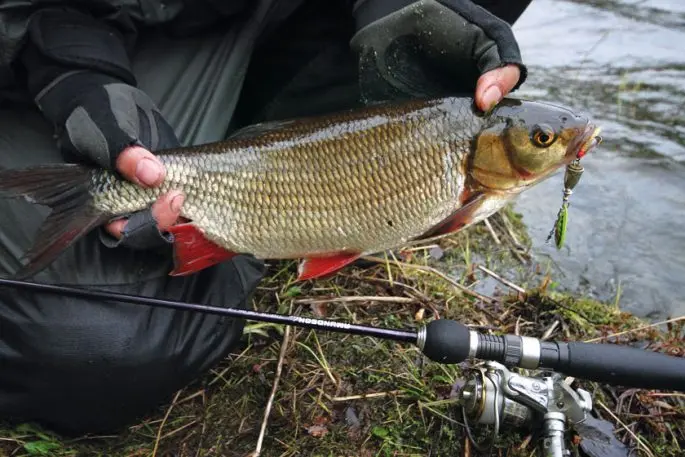
Properly selected equipment for catching ide on spinning is the key to effective fishing. That’s why:
- A light rod of a fast or medium action with a test of up to 25 grams is selected.
- The reel must have a friction clutch, with which you can extinguish the jerks of the fish.
- The main line is about 0,25 mm thick if it is a monofilament line.
- If a braid is used, then its diameter can be in the range of 0,2 mm.
- A leash is needed if pike bites are possible.
- The bait is selected from those listed in the list of the most catchy.
Fishing is quite an interesting and exciting activity. Having gone to the reservoir, you can not only relax, but also catch fish, delighting the rest of the family with the catch. Catching an ide is not so easy, as it is a cautious and strong fish. Therefore, in order to catch it, you need to carefully prepare for the fishing process by equipping the rod correctly. You can’t do without a reliable and light rod, just as you can’t do without high-quality fishing line. It is good if there is an opportunity to purchase a boat that will help you fish in any conditions. It is often difficult to get an ide from the shore, especially from the second half of summer. The choice of bait plays a very important role, since not all of them are catchy. Often you can buy a cheap fake, from which there is no benefit.









